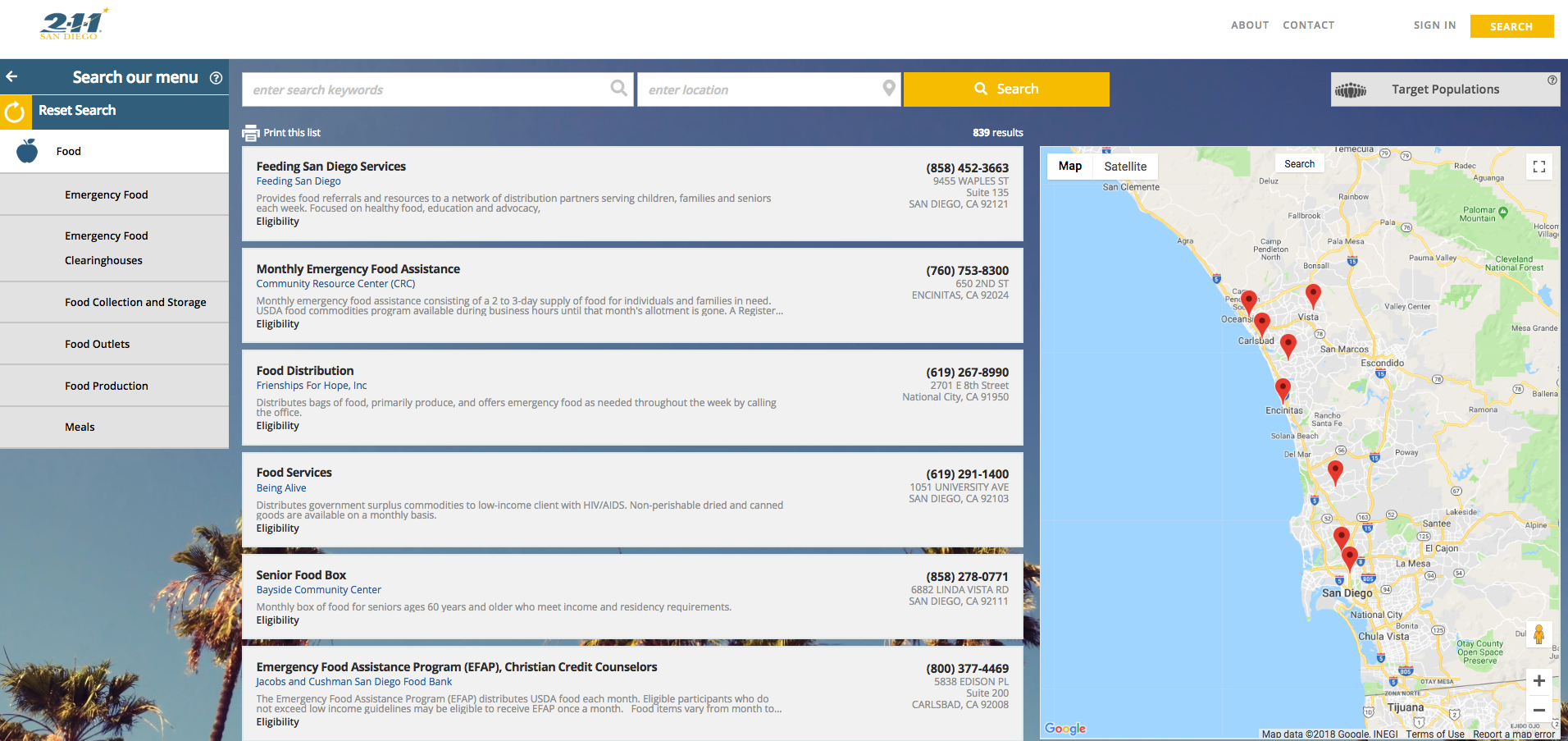A CIE® is a community-governed infrastructure that enables information to be effectively and responsibly shared among many organizations, using different, interoperable technologies, in support of holistic coordination of care and equitable systems change. Specifically, a CIE enables the sharing of data among multiple kinds of stakeholders – such as providers who need to share data to provide more holistic care, people in need who must navigate complex systems of care, and researchers and decision-makers. As critical infrastructure that supports many stakeholders, using many different technologies, a CIE can enhance understanding of individuals’ and communities’ needs, improving service accessibility, service outcomes, and the health and well-being of a community.

What is CIE?
CIE Features
Network Partners
Shared Language
Integrated Technology

Resource Database
Community Care Planning
Network Partners
Within a CIE, network partners commit to redefining a patient/client thinking beyond their individual programs and services.
Network partners are willing to re-engineer their business processes to better connect individuals to services and share new levels of information necessary for collective impact to address systemic needs and realize a shared vision for a healthier community.
Partners contribute to a CIE in different ways based on their organizational capacity and role within the community.
They also share challenges and best practices, inform policy decisions, champion expansion of the network, and contribute to the ongoing development of the technology platform.
Shared Language
The use of an individual longitudinal record is rooted in a shared language, which is informed by a deep understanding of the social and economic systems that influence whether the conditions where people live, work, learn, and gather contribute to positive or poor health outcomes and quality of life. Known as the social determinants of health, these conditions are shaped by access to power and resources and include neighborhood and built environment, social and community context, economic environment, educational environment, and health services
14 Domains
CIE presents a holistic view of a person’s needs through a series of screenings and assessments identifying the nature and severity of needs across 14 domains. The assessments feed into a CIE Risk Rating Scale measuring a person’s immediacy of need, knowledge and utilization of resources, and barriers and supports. Risk Rating Scale score ranges from crisis to thriving in each domain.

Integrated Technology
A technology platform enables the integration of data from multiple partners’ data systems and that populate a longitudinal record of a person’s interactions with the health, human, and social services systems. Creating a single longitudinal record of an individual’s history and system interaction enables partners to accept and make referrals, coordinate with other providers, and send alerts and notifications facilitate community care planning.

Resource Database
Partners also have access to a resource database that enables them to efficiently match individuals with appropriate care providers based on their needs. Most communities can leverage their 2-1-1 infrastructure that hosts a comprehensive resource database that includes standardized listings of health, human, and social services providers’ service offerings, eligibility, and intake information. A resource database is a critical component to establishing a closed-loop, bi-directional electronic referral process.

Community Care Planning
CIE enables communities to shift away from a reactive approach to providing care and enable partners to integrate data from multiple sources and make bi-directional referrals to create a longitudinal record that promotes a proactive, holistic, person-centered system of care.
A CIE facilitates community care planning by offering tools built within the technology that allows agencies to share individual demographic information, status changes, and care team information, and to contribute to the community-wide care plans.
Other features of the CIE technology platform are a resource database and bi-directional closed loop referrals. The resource database enables providers to efficiently match individuals with appropriate care providers based on their needs. Bi-directional information sharing allows providers to accept and return referrals and share data about program enrollment and outcomes.

Partners can communicate with each other and receive notifications and alerts of significant events. For example, when an ambulance is called, care team members (network partners) are notified so that they can proactively anticipate individuals’ needs and make referrals.
Impact of a Community Information Exchange
Impact
Improvement in Health Indicators
Improve Quality of Life
Address Inequities (Race, Gender, Cycle of Poverty)
Outcomes
State of Wellness
Change from Domain Specific to Whole Person Care
Change in Intervention and Interaction with People Helping People
Outputs
Record Direct Referrals Look-Ups
Record Creation
Data Sharing
Direct Referrals
CIE Benefits
CIE offers distinct benefits to individuals, partners, and the community at-large.

Individual and Family (Micro)
Individuals benefit from a universal, person-centered record of life events and system interactions enable providers to proactively tailor services to individual needs. Using a universal longitudinal record also supports trauma-informed care by reducing the need for individuals to repeatedly share their experience and situation to different service providers. The CIE allows for responsive and proactive system allowing helpers to initiate a connection to individuals rather than putting the burden on individuals and families who may be in crisis.

Agency (Mezzo)
At the agency level, a CIE empowers providers to efficiently collaborate with providers across sectors using a shared language and shared outcomes to deliver comprehensive care while generating referrals through the system.

Community (Macro)
A CIE provides the community with insights into broader trends building a system that can proactively address unmet needs and barriers, as well as disparities in access to services. These data also can be used to inform local planning and funding priorities and to advocate for policy change.